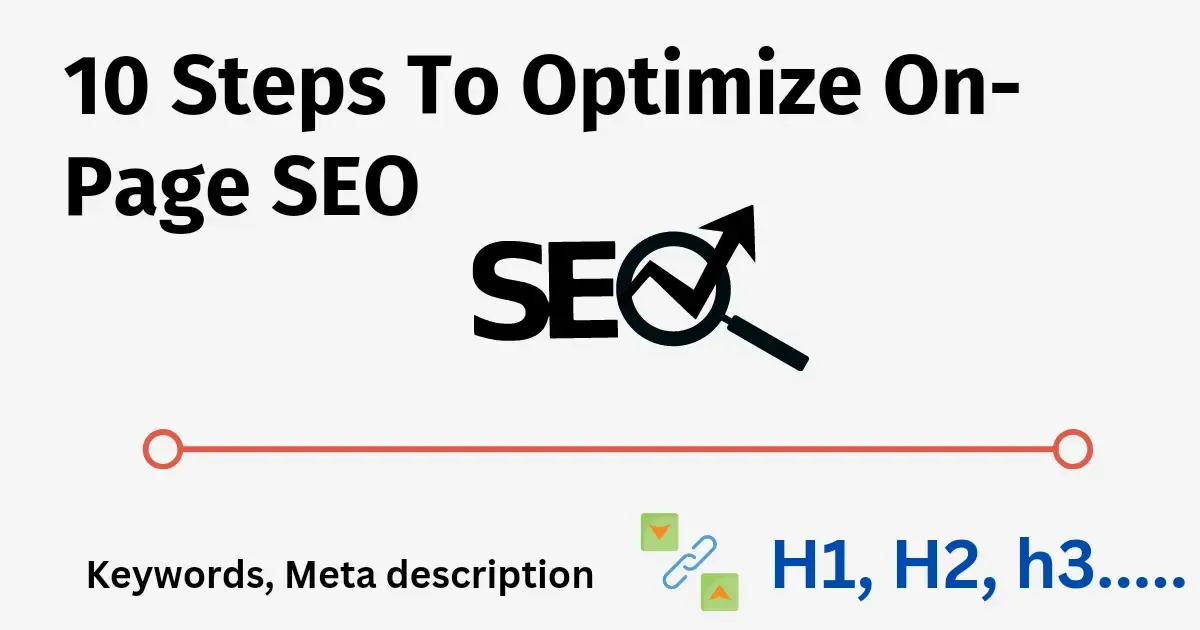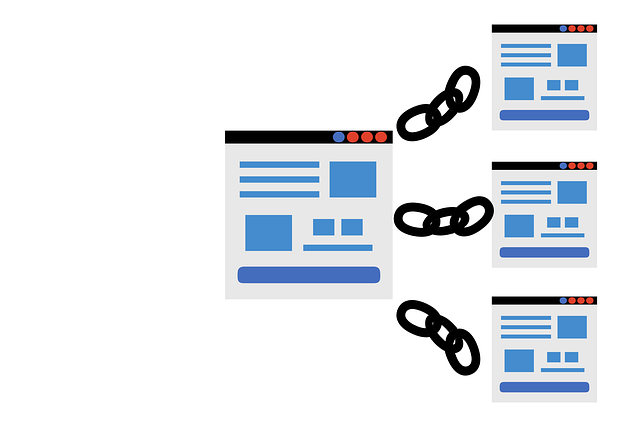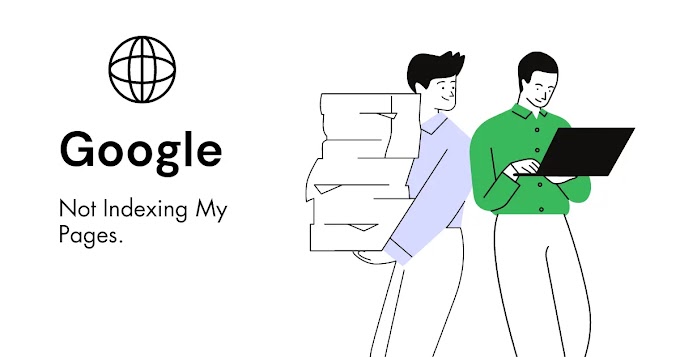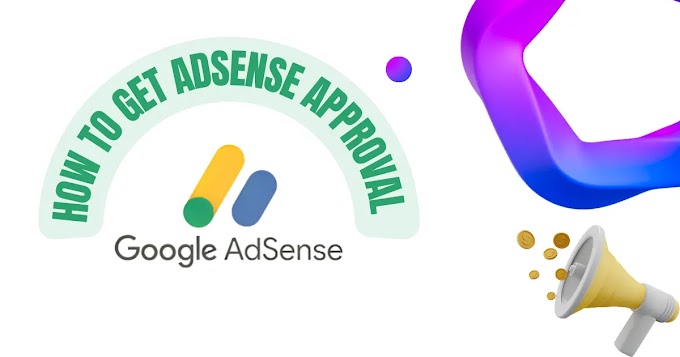We spend most of our time hanging from cell phones and computers—where every doubt, desire, or intimate thought is shared on the Internet in one way or another:
• Whether in search of an answer,
• On the hunt for the perfect product,
• Or in expressing who we are through a photo on social media!
In this virtual environment where Google search pages retain almost all Internet traffic, SEO is a methodology with a powerful objective: to optimize all published pages and content so that they can be found by those who need it,
And especially by those who buy!
With an absurd amount of digital publications appearing every second, SEO—or "Search Engine Optimization"—works like a filter by canceling out the noise and placing your company at the top of searches!
Achieving top positions in search results is no longer a luxury; it is the minimum for any profitable business to survive.
But what I will teach you in this text goes beyond that—what I will show you here is how to profit!
By following this tutorial to the end, you will learn:
• What is On-Page SEO,
• What is Off-Page SEO,
• And a step-by-step guide to applying On-Page SEO and placing your business in the top positions on Google!
What is On Page SEO?
On-page SEO concerns optimization techniques within each part of your website to maximize the chances of it being found in the first results of Internet searches!
The difference between On-Page SEO and Off-Page SEO is that On-Page SEO improves each component within each page of your website, while Off-Page SEO aims to enhance your website's presence on other websites and platforms from different brands.
To improve your company's ranking in search engines using Off-Page SEO, you would direct your resources towards affirming authority and trust in your business through:
• Link-building techniques (acquiring links from other trusted sites for your brand);
• Social media marketing (involving content creation and possibly Paid Media);
• Guest posts (publishing your company's content on popular websites);
• And branding (disseminating your brand through impactful materials).
On-Page SEO aims to position your website at the top of search pages by optimizing the elements that ensure your content is displayed correctly, specifically within the confines of your own website or blog —, namely:
• The keywords;
• Meta-descriptions;
• Titles;
• URL;
• Header structures;
• Section hierarchies;
• Internal and external links;
• The quality of the content;
• And the page loading speed!
I'll explain each element on this list in the step-by-step guide below — it's much easier than it looks!"
Step by step for On Page optimization
Keyword Research
It all starts with understanding your audience. Without knowing who your ideal audience is and what questions, desires, or problems they face, it is unlikely that you will choose good keywords to attract and capture them.
Keywords are those terms that a person uses on Google when they want to know about something. 'What can a dog eat' is an example of a keyword made up of several terms, therefore more specific and generally with lower search volume — what we call 'long tail.'
Within this same example of a long-tail keyword, we can identify a single keyword that provides all the context for this search to display specific results: the word 'dog.' After all, we don't want to know what birds, Indians, or what Mark Zuckerberg can eat; in this research, we want to know what a 'dog' can eat.
The keyword that provides the context for the search is called 'head' in SEO.
Head keywords tend to have a greater number of searches but very fierce competition. Long tails tend to be specific but with a slightly smaller volume within the context of heads, giving your business more space to target the type of audience it needs to convert.
Creating a strategy that covers the different tangents of search volume (and that gets ahead of the competition through valuable content, something I will explain more in a moment) is extremely important to take your website, platform, service, or product to your ideal client: the one who buys what you have to sell.
Start by getting to know your audience's needs and hopes and list the keywords that these people would use to find the answers that your company can bring to them!
Title and meta description
With a list of keywords analyzed by volume and level of competition, you will know which terms to use to reach the part of the market that interests you the most.
But where do you use these keywords to attract the kind of people who buy?
It's simple!
You start with the title and meta-descriptions of each piece of content published on your website: from your presentation pages to articles, guides, and promotions on your brand's blog!
There are two types of titles when we talk about SEO:
• The first is the main title, which provides information about the content published on a page. — that's what I'm discussing now;
• The second type of title (which I will introduce in a moment) is used to create headings and subtitles within the publication itself.
Your challenge is to take one or two of the most important keywords for attracting your ideal audience and fit them into a main title that is:
• Objective (does not mislead the audience);
• Attractive (generates suspense, urgency, or surprise);
• And persuasive (makes a person click on it)!
With the main title finalized — and within a maximum of 60 characters, which include letters, symbols, and spaces on the screen — you will have to take great care in the meta-description of the content on your page.
As the name indicates, the meta-description tells what the subject being covered in the article is and must include the same keywords as the main title.
In SEO, the meta-description works in sync with the main title like bread and butter: one feeds the other!
The meta-description limit is around 130 characters (including spaces) and is usually displayed just below the main title in search engines.
That's why the same characteristics as titles serve to create an impactful description:
• Let it be objective;
• With a hint of mystery;
• And irresistible!
Don't be intimidated by this task: creating different mixes between main titles and meta descriptions is one of the most fun (and effective) parts of On Page SEO that sells!
URL Structure
If you think of the title and description as the inseparable bread and butter, think of the URL as the dish on which this meal is served: it does not have its own nutritional value, but it infinitely improves the presentation of the food!
URL is the acronym for 'Uniform Resource Locator' and serves as the address of your page on the Internet.
Do you know when you want to access Google on your computer? You type www.google.com—that's its URL!
Every page on a website or platform (including Google and the services it offers) has primary and secondary URLs to take visitors exactly where they want to go.
When publishing material on the Internet, content management systems adapt the publication's main title to automatically serve as the page's URL — but you can modify it (to make it different from the title) and more:
• Descriptive;
• Easy to read or type;
• And search engine friendly!
Yes, "friendly":
• Including keywords relevant to the content being published;
• Avoiding offensive words or false promises;
• And brief, but still relevant to the content!
But be careful: this modification needs to be made before the text is published. Otherwise, the link must be redirected to the new URL. After all, you don't want your audience to encounter a 404 error, do you?
Headings and content hierarchy
Remember I said there were two types of titles in SEO?
The first one you met in the previous steps: the main title. The second is what I will present now: the headings that structure subtopics in the content!
Imagine that you want to publish an article about Digital Marketing on your website.
As you know, Digital Marketing is a methodology made up of 'sub-methodologies' such as Inbound Marketing, which in turn is made up of Marketing itself, SEO, and Content Marketing.
For your article on Digital Marketing to be so charming that it ranks well in search engines and answers all the questions your ideal audience has, you will need to divide the main article into subcategories that explain each of the components that make up Digital Marketing as a whole.
The hierarchy of presentation of each theme, with each subcategory bringing a new piece that matches the previous pieces — and that gives clues about which next pieces will form the complete puzzle — makes all the difference in separating valuable material from poor content (and the algorithms, in addition to their audience, know how to differentiate one from another)!
In SEO, each subtopic is identified by the letter 'H' and a number — with the number 1 reserved for the main title of the content.
To make it easier to visualize the structure of the subtitles, I will create a simple hierarchy using the example of the article on Digital Marketing, starting with the main title:
Title H1: What is Digital Marketing and the main methodologies;
Subtitle H2: Introduction;
Subtitle H2: Inbound Marketing;
Subtitle H3: Marketing;
Subtitle H4: Marketing in a nutshell;
Subtitle H3: Content Marketing;
Subtitle H4: How to create content;
Subtitle H3: SEO;
Subtitle H4: How to optimize your website;
Subtitle H2: Conclusion.
By structuring your content using a hierarchy (from the broadest topics to the specific details of the subject being covered), you will address all your visitors' questions and provide the background knowledge they need to enjoy the rest of the material without the risk of abandoning your website!
It's a snowball effect: from smallest to largest!
Quality content
The structuring of the topics covered in the content is also a great indication of the quality of the content as a whole.
As quality is what separates two websites with the same theme from the first and last position in the search results, it is in this step that you will need to invest all your resources to create materials:
• Really relevant,
• Able to fascinate visitors,
• And totally original!
Relevance concerns how much your content is capable of making someone click on it — whether out of curiosity or identification with the topic.
Fascination happens when the person who clicked on your content not only received a satisfactory answer but was also surprised by your expertise.
Expertise that gives shape to your originality: the ability of the content to combine practical experiences that only your business has, to solving the public's problems using persuasion techniques capable of awakening action in people!
When in doubt, prefer to be genuinely useful to your audience: this is the type of quality that is rewarded by search engines when it comes to On-Page SEO!
Image optimization
The old saying that "a picture is worth a thousand words" has stood the tests of time — and the success of Instagram, YouTube and TikTok won't let me lie!
In addition to making content easier to understand and breaking long blocks of material into dynamic chunks, images increase the quality of publications and are great for convincing a visitor to share what they are seeing.
But you need to be careful because visual content tends to impact page loading time, the longer a website takes to appear, the less chance it will have of capturing people's attention or increasing its ranking in search engines!
The solution is to compress the images without losing quality, something simple and quick to do. I mostly use TinyIMG; you can see, after converting, there's zero loss in quality but a significant change in image size.
Use the keywords in image alt text and image titles; it is a way to target your keywords which readers cannot see but algorithms can.
Internal and external links
Speaking of clarity, one thing you can't fail to do is take advantage of obvious opportunities to insert relevant links to other content published on your website!
Creating links that take visitors from one material to another within the platform itself is what they call creating 'internal links' in On-Page SEO.
The benefits of internal links are varied, such as:
• Increase visitor retention on the website;
• Build authority and familiarity in the purchasing journey of potential customers;
• Introduce people to what your company does best;
• And signal to search engines that your page has everything a person in doubt needs to learn to make an informed decision!
External links do the opposite: they take your visitors to other brands' websites.
It may seem crazy, but within a link-building strategy for Off-Page SEO, indicating the website of a partner brand can give you the opportunity to have your website indicated on their portal as well — increasing the authority of both companies!
To avoid clutter — and to prevent visitors from leaving the page before they finish reading:
• Add links to sections where visitors tend to lose interest in the content.
• Add only relevant links to the articles being displayed.
• Be careful when choosing the words or graphics selected to guide people from one publication to another.
The more time people spend on your website, the more authority it will have when the search engine algorithm evaluates it as a potential option for top positions in search results.
Loading time
Even before the spread of viral content lasting less than 30 seconds, people's patience on the Internet was already limited!
If your website takes more than 5 seconds to display content, your chances of losing a visitor increase exponentially! It's a scary scenario!
To avoid this nightmare, make sure you:
• Compress images;
• Avoid unnecessary design elements;
• Avoid using a lot of plugins or third-party codes;
• Choose a good server to host your business;
• And pay attention to your page's cache settings!
On-Page SEO requires a little more technique than creativity when the goal is to reduce page loading time, but some popular plugins are capable of shortening the learning curve in just a few clicks.
Also Read: 6 Tips to increase website speed (WordPress)
Responsive and mobile-friendly
It's not just the loading speed that influences a person's decision to continue on the page or whether an algorithm lists it in search results: responsiveness is one of the most important factors when search engines need to decide who to place at the top!
Responsiveness is the ability of your website displayed on a computer to transform into a version that is easy to see on cell phones and tablets and vice versa.
Paying attention to the design of your website ensures that it meets the display requirements on all devices and, consequently, ranks at the top of search engines like Google.
Monitoring and analysis
After checking the title, meta-description, subtitles, page loading speed, and content quality (including avoiding broken links that lead nowhere), all you will have to do is publish the material and keep an eye on it!
Monitoring is one of the most important parts for the success of On-Page SEO because it indicates which elements of this step-by-step process need adjustments.
Metrics such as bounce rate (which indicates how many people leave your website or content before consuming it) can point to an excessive delay in page loading.
The exit rate (which shows the percentage of people who decide to leave the site after consuming content) usually gives clues about broken links, lack of Calls to Action, or materials that are not very relevant to the audience's questions.
Interpreting these metrics using tools like Google Analytics means analyzing the numbers in relation to the context in which they are found: page by page, public by public!
The sooner you identify a radical change in numbers, the sooner you can resolve issues before they hinder the entry of new potential customers into your company, and you can experiment with creative solutions with enough time to increase the metrics defined during your strategy planning.
Publishing valuable material is just the beginning! But hey, you've already started — and that attitude matters a lot more.









